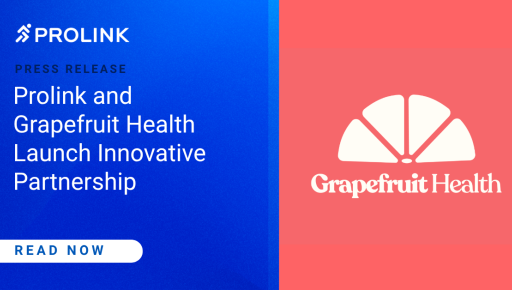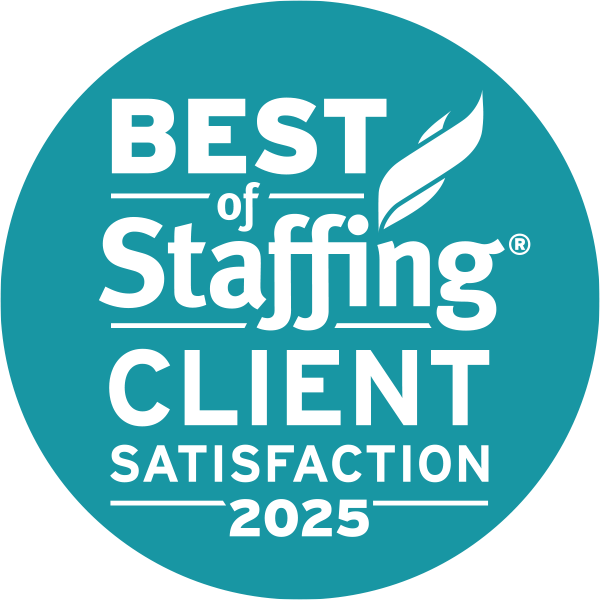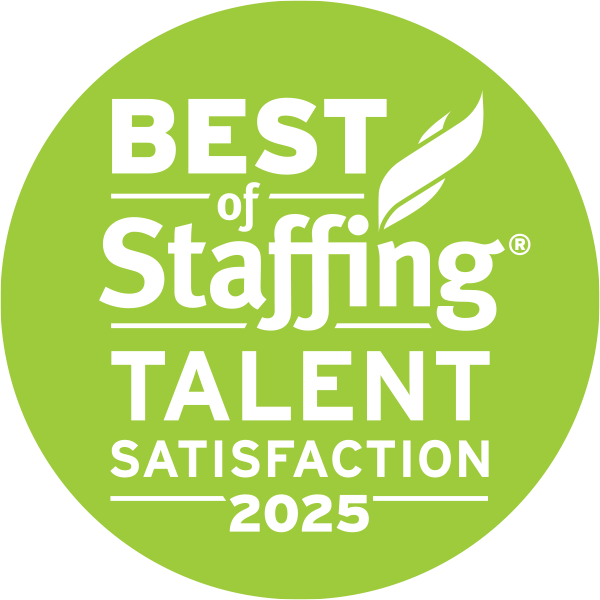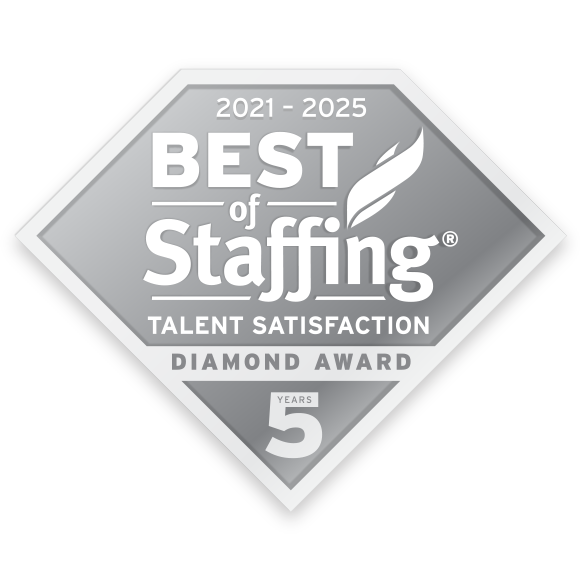As in every other aspect of life, diversity and inclusion provide the best way of fostering equality in healthcare staffing. When people from different cultures and backgrounds come together, patient outcomes tend to improve, and the team will have the diverse skill sets necessary to help with better decision-making.
For those looking to build a more culturally competent healthcare team, there are some key aspects to know about diversity and inclusion when it comes to building your healthcare team.
What is diversity and inclusion in general medical staffing?
Diversity implies the inclusion of people from a variety of races, ethnicities, religions, genders, and disabilities. Inclusion refers to creating a welcoming environment that welcomes those from other backgrounds, letting them feel valued, respected, and supported.
Prioritizing diversity and inclusion in medical staffing can help you create a team that reflects the community it serves. Equity is another crucial aspect, referring to having fair processes and procedures within an organization to help reduce disparity. This means that equity serves to give everyone an equal chance.

Why diversity and inclusion in a healthcare setting matters
Focusing on diversity and inclusion in your staffing choices can provide a number of benefits, including the potential to make the team 35% more productive. Additionally, building a culturally competent team can:
Improve patient outcomes
A diverse and inclusive team can improve patient care and outcomes. These kinds of teams are better at comprehending patients’ unique needs while also being more likely to be able to offer appropriate solutions.
Having team members who speak different languages and come from different cultural backgrounds means a team that’s more likely to possess better communication skills as well.
Provide a larger talent pool
If your institution prioritizes inclusion and diversity, you’re likely to attract all manner of qualified candidates who might otherwise have chosen another workplace. Having an expanded pool of talent to choose from allows you to build the best possible team.
Boost your reputation in the community
When the community you serve knows that diversity and inclusion are important to your healthcare institution, it’s more likely to result in a higher degree of trust. This not only means better patient outcomes because members of the community won’t hesitate to get the help they need, but also more patient loyalty and word-of-mouth referrals.
Offer better adherence with regulatory and legal requirements
Government regulations are in place to prevent discrimination based on ethnicity, gender, and race. Healthcare organizations that promote diversity and inclusion are showing their commitment to respecting and enforcing these regulations. This helps protect your organization from legal liabilities.
Improve financial performance
Organizations that have a diverse and inclusive environment tend to outperform those that don’t. Part of the reason for this is that a more diverse team makes better decisions and can find unique solutions to problems because of the combined and varied backgrounds of the team members.
This improves the overall organization and keeps patients coming back, helping to make the organization more profitable.
Raise employee satisfaction
Team members who feel respected and represented are more likely to feel at ease. They’ll want to contribute their best and keep building that feeling of community. Higher employee satisfaction means lower turnover rates and increased productivity—all of which mean better financial outcomes for the organization.
Looking to reduce turnover, boost morale, and build lasting relationships with your staff? Prolink's Clinical Team can help.
How to evaluate and measure diversity and inclusion
If you’re dedicated to creating a diverse and inclusive healthcare team, it’s essential to know how to measure whether your efforts are working. But how can you do this exactly?
Establish clear goals
You need to establish clear goals and objectives when it comes to diversity and inclusion. Focus on attainable and specific goals, and make them time-bound so that you have a clear set of data to work with. Well-defined goals function as a measurable foundation for assessing and quantifying your progress.
Obtain employee feedback
Having a feedback mechanism in place allows employees to offer their suggestions and voice their concerns, giving you a clear idea of satisfaction levels and what improvements still need to be made.
You can conduct anonymous surveys that focus on perceptions of bias, workplace policies, and anything else that you need to get a clear read on. Having employee feedback allows you to address the areas of concern directly.
Collect demographic data
You need to be able to accurately evaluate the diversity of your workforce. It’s possible to do this via HR records, employee surveys, and other methods. Once you have the data, you can analyze it to get a picture of workforce composition.
This step helps you spot the underrepresented groups. Keep in mind that you want to protect your employees’ privacy throughout this entire process.
Track retention rates
Having a high turnover rate can point to issues with establishing a welcoming environment for various demographics. It can also point to inequitable treatment, paucity of support, and many other issues that could be preventing team members from wanting to continue their careers there.

Finding the right people for the job
No matter the type of healthcare team you need to build, finding people who are dedicated and ready to offer their best work is essential. At Prolink, we can help you find the best talent for your organization with a workforce solution customized to your needs.
We screen potential employees for cultural fit as well as experience. Our clinical and compliance teams interview the candidates and check their credentialing for you, and our world-class talent experience develops your people and encourages them to stay long-term.
Contact Prolink to learn more about how we can make hiring your team easier today.









